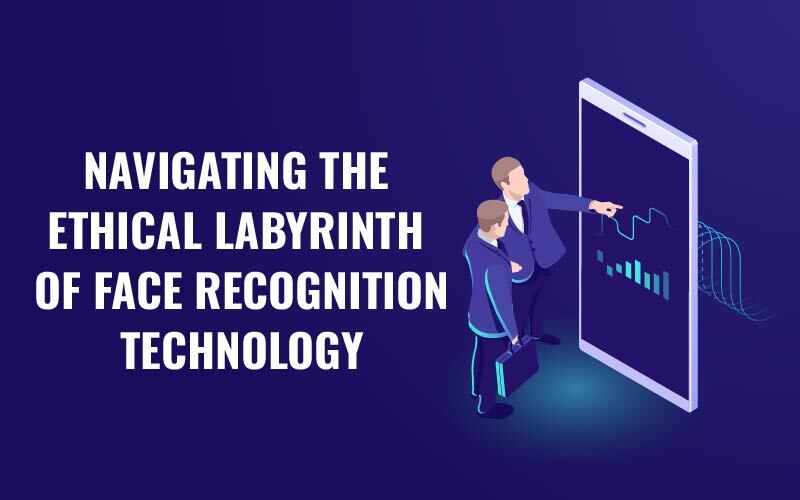Search the internet for “why it’s important to make data-driven decisions”, and you’ll find over 250 million results. Most of these articles and FAQs discuss how data can help identify trends humans may miss. They explain how tools such as Power BI Automation are used to inform decisions based on verifiable data points. In other words, numbers don’t lie.
While a single data point may be accurate, large datasets can produce inaccurate results if the information is flawed. For example, an online survey of 1,500 people found that only 15% liked a desk lamp manufacturing company’s latest lamp design. Based on the survey results, the company shelves the product. What the data doesn’t show is an error in data collection.
The data was collected online and entered into a database. The analyst queried the database to find out how many people liked the product. The result was 15%. Unfortunately, a parsing error occurred when the data was placed in the database. Only 100 records contained valid responses in the like/dislike field. Of the 100 valid responses, 100% liked the desk lamp.
While this example may be extreme, it underscores how important data collection accuracy and database cleaning are to identifying reliable insights. When data is flawed, numbers can lie. That’s why every organization should follow some best practices for data collection, acquisition, and cleaning.
Data Collection
The problem with collecting data is there’s too much of it. It’s estimated that the world will generate 3.5 quintillion bytes of data every day in 2023. That’s 1,000,000,000,000,000,000 bytes, by the way. Collecting and storing large volumes of data is expensive. When 60% of that data goes unused, companies end up housing a lot of useless data.
What Data is Needed?
This question is critical and should be answered before data is even collected. Forget storing all the information now and sorting through it later. Later never comes, and the cost of storing data increases. When it comes time to use the data, processing it will take longer because the irrelevant data will need to be removed.
Knowing what data is needed allows companies to identify where the data will come from. With sources identified, safeguards can be put in place to ensure the collected data is accurate. Take the online desk lamp survey example detailed above. The survey can be designed to validate the form before submitting it to ensure all the critical fields have been completed. It can even include some basic field checks to ensure data accuracy.
Automating the data collection process by implementing the necessary checks and balances is the first step in making sure numbers don’t lie.
Data Acquisition
Data acquisition refers to the purchase of information from a third party. For example, organizations may want to use census data to determine demographics for their products. Maybe a business is looking to open a new market and needs external data for predictive analysis. Whatever the reason, using third-party data can expand possible insights.
What is a Data Acquisition Strategy?
Acquiring data requires a strategy because specific data is much more valuable than any data. Companies offer similar data at varying prices. The question is, which company provides the specific data at a reasonable price. For example, online shopping platforms collect information on buying habits and sell the data to marketing firms, merchants, or any interested party. What data is included and in what format depends on the seller.
Identify What Is Needed
Gaining meaningful insights requires obtaining the right data, so the first step in data acquisition is creating a strategy that identifies precisely what is needed from a third-party source. As with data collection, purchasing extraneous data adds to the burden of storage and data maintenance. If the data requires continuous updating, the ongoing costs must be factored into the strategy to assess the return on investment for each data source.
Identify the Specific Fields You’re Using
As with data collection, organizations need to identify the specific fields they wish to use and what values should appear in every field. They need to stipulate how internal and external data will be used and what the cleaning process will look like. Acquired data should adhere to the same cleaning process as internal data to ensure a trustworthy data set.
While developing a strategy can be time-consuming, it’s a necessary step to ensure that your numbers do not lie.
Data Cleaning
Cleaning data means removing extraneous information, converting data into standard formats, and assessing the data for nonconforming values. Data cleaning should fall under the authority of data governance.
Why Data Cleaning Needs Data Governance
Data governance includes documentation on how data standards and policies are applied to ensure the usability, availability, integrity, and security of data. This concept encompasses the procedures companies follow to make sure that their data aligns. Using the desk lamp design as an example, the survey data should have gone through a standardized data-cleaning process that would have flagged the misaligned data.
When data is flagged, data governance policies describe what steps can be taken to rectify a problem, such as correcting the parsing error in the desk lamp example. Depending on the extent of the problem, it may be possible to correct the misaligned data fields and deliver useful results.
Let’s assume the survey data can be programmatically corrected so the critical fields can be processed. When that is complete, the query is repeated, showing 45% design approval, 43% disapproval, and 12% who did approve or disapprove of the lamp design. These results present a different set of numbers.
Faced with a new set of numbers, the lamp manufacturing company’s decision is not as clear. With a 15% approval rate, ending production of that product design seemed like a sensible approach. With a 45% approval rate, further analysis may be required before a decision can be made. More data may need to be required to learn more about the survey respondent demographics, such as age, income, and education. With more insights, a marketing campaign could be developed to target the group with the highest approval rate.
Power BI Automation: When Numbers Don’t Lie
Data volumes are so large it’s impossible for humans to make sense of the information at the speed of today’s business decisions. Automating the process is the only way to ensure accurate data is available in real time. It can also get those valuable insights into the hands of your team. PBRS (Power BI Report Scheduler) by ChristianSteven Software can automate the report delivery process.




